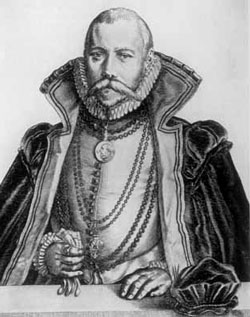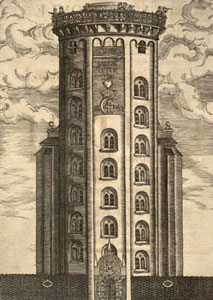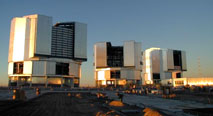A 400 year era
Our most famous astronomer, Tycho Brahe (1546-1601) had no affiliation with the University of Copenhagen, but was directly under the king, who let him build an observatory on the island Hven in Øresund.
Astronomical observations at the University of Copenhagen began in 1642 with the opening of the observatory in the Rundetårn (Round Tower).

It wasn't until much later that the university got a larger Astronomical Observatory, which had two branches, one on Østervoldgade in a beautiful building from 1861, and another from 1953 near the small village Brorfelde south of Holbæk, where there were telescopes, workshops and an active scientific life.
The observatory was the most modern in existence and here he measured the positions of stars and planets with unprecedented accuracy. Today this branch of astronomy is called astrometry - or in other words - Surveying the sky.
But the conditions in Denmark, where it is often overcast, were not good for observations. In 1983 the Brorfelde telescope was moved to La Palma in the Canary Islands, where the climate is better, and with that an era that began in 1642 with the opening of the Observatory at the Rundetårn (Round Tower) ended.
Now all of astronomy has been brought under the Niels Bohr Institute at the University of Copenhagen and astronomical observations are made from mountaintops in Chile, on La Palma and from satellites.
The observatory Stjerneborg

The Observatory at Rundetårn

The Very Large Telescope in Chile

